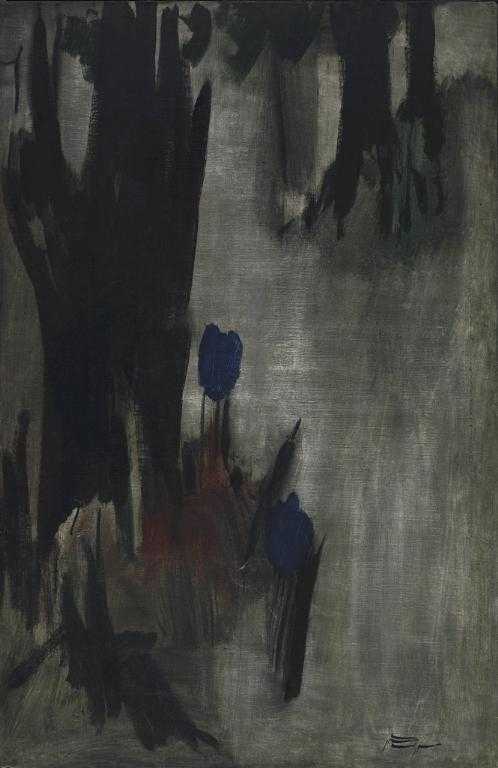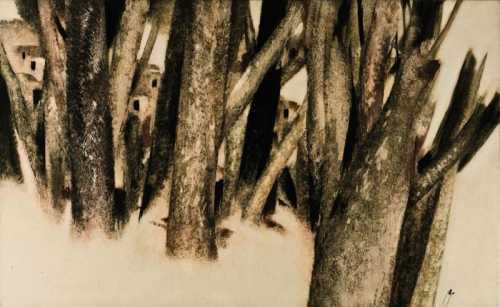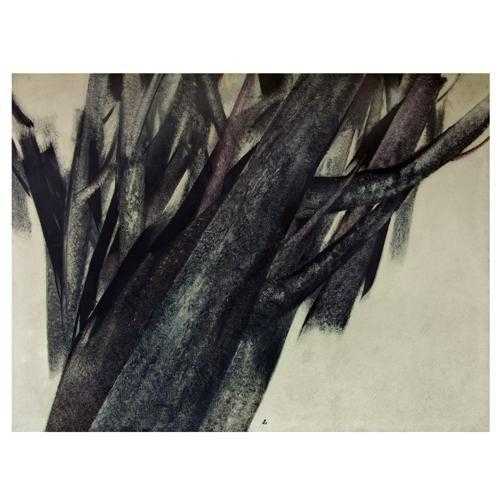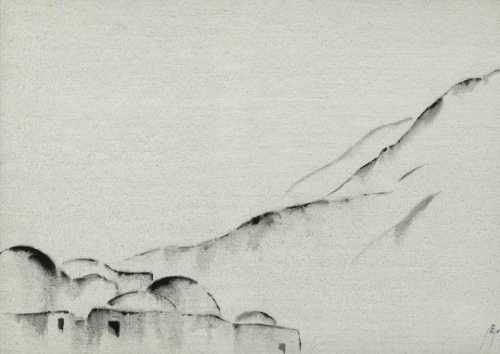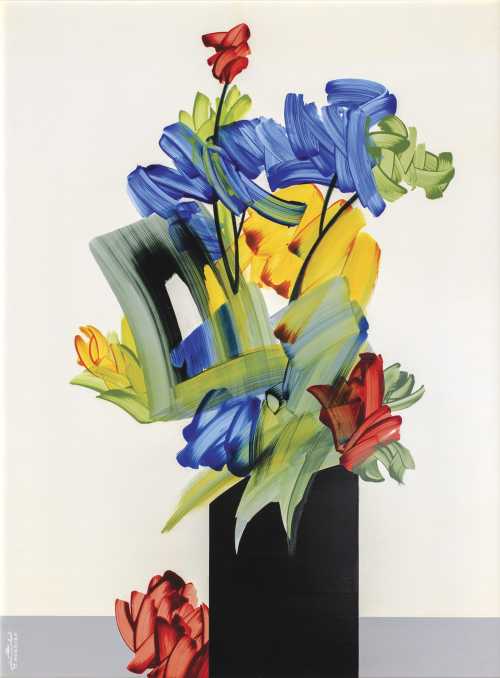- Untitled 1977
- Oil on canvas
- Painting
- 75 * 105 cm
- signed in Farsi (lower right)
Artwork Description
Elements of Sepehri's work demonstrate the marked influence of Japanese prototypes. Sohrab Sepheri travelled to Tokyo in 1960 and was deeply impressed by Japanese Haikus, becoming the main translator for these into Persian. Equally his painting was affected by his exposure to the work Japanese Zen masters, including Sesshu Toyo and Hakuin Ekaku. Since that time his landscapes and still lifes became minimal, meditative and often abstracted. In the present example, the relationship between the Sepehri's gestural marks which describe the landscape and far Eastern calligraphy and painting is evident.
More lots by Sohrab Sepehri
Realized Price
185,657 USD
Min Estimate
117,493 USD
Max Estimate
160,432 USD
Average Artwork Worth
+103.46%
Average Growth of Artwork Worth
Sales Performance Against Estimates
Average & Median Sold Lot Value
2021 - 2025
Performance vs. Estimate
2021 - 2025
Sell-through Rate
2021 - 2025
Similar Artworks
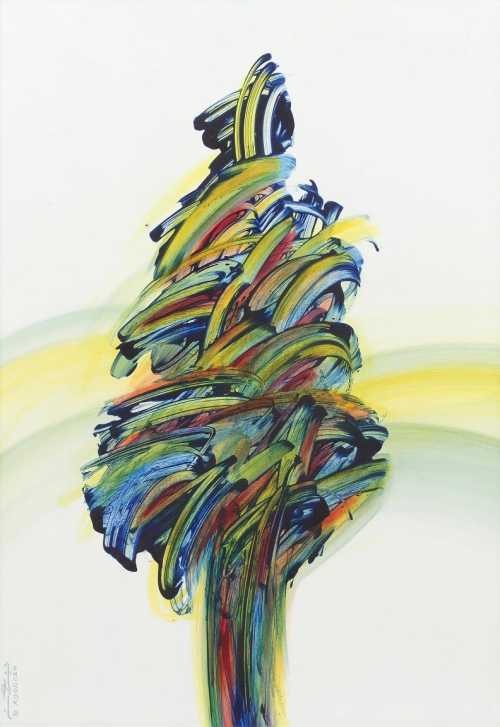
Untitled (Tree)
Estimation
£30,000
38,885 USD
-
£50,000
64,809 USD
Realized Price
£57,550
74,595 USD
43.875%
Sale Date
Bonhams
-
13 November 2024
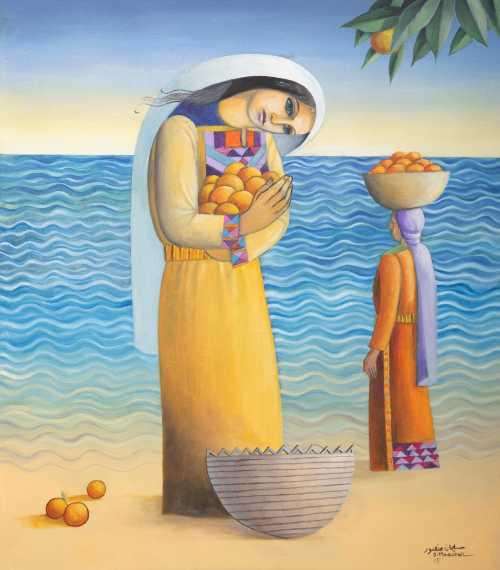
The Lost Sea
Estimation
£40,000
53,763 USD
-
£60,000
80,645 USD
Realized Price
£57,550
77,352 USD
15.1%
Sale Date
Bonhams
-
21 May 2025
